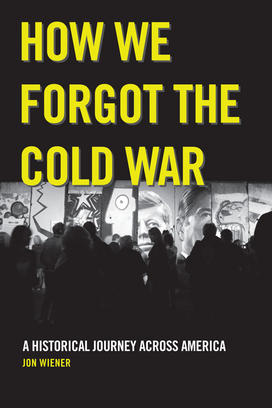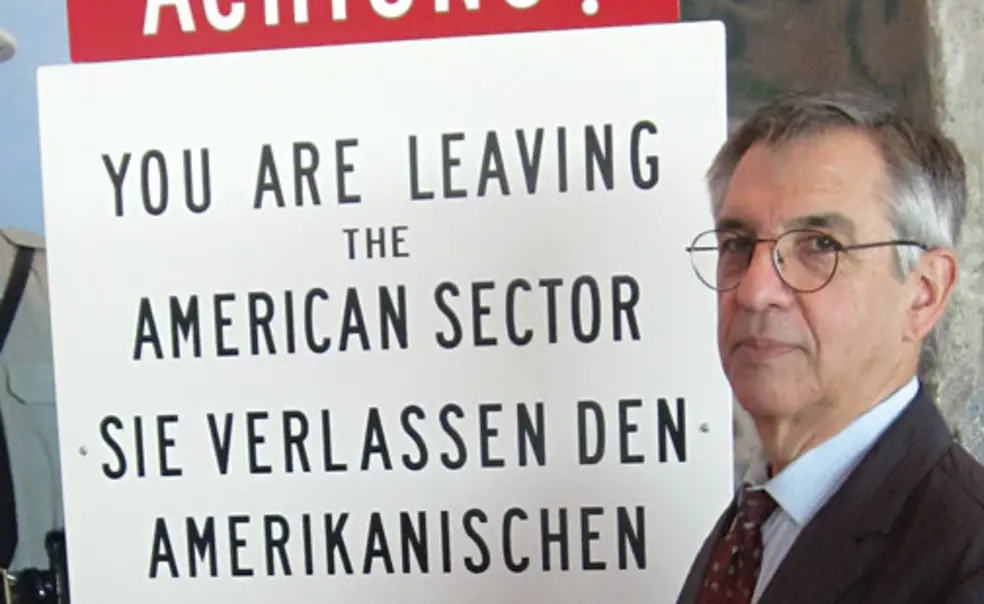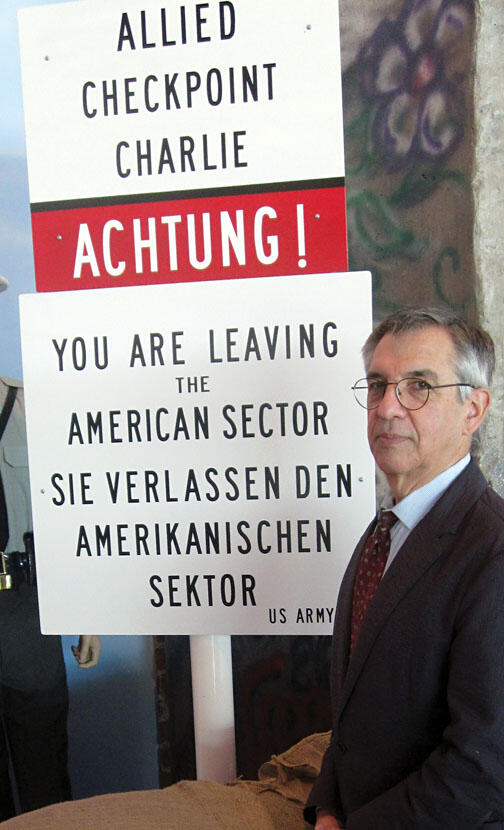READING ROOM: Jon Wiener ’66
In 1997 Jon Wiener ’66 visited the Nevada Test Site, where the U. S. government tested nuclear weapons from 1951 to 1992. The site recently had opened as a tourist destination; the government hoped to highlight its significance in the Cold War. But Wiener saw that some tourists were more interested in the site’s role in UFO lore than they were in learning about nuclear deterrence.
Over the next decade, Wiener, a professor of 20th-century history at the University of California, Irvine, visited nearly two dozen Cold War memorial sites, including the Titan Missile Museum in Green Valley, Ariz.; the Greenbrier bunker in West Virginia, where political leaders would decamp during a nuclear attack; and the Whittaker Chambers Farm National Historic Landmark near Baltimore, where in 1947 Chambers pulled some 35mm film from a hollowed-out pumpkin, saying it proved that the State Department’s Alger Hiss was a Soviet spy. The result of Wiener’s travels is How We Forgot the Cold War: A Historical Journey Across America (University of California Press).

The Cold War is part of “a past that people seem to have trouble remembering — or don’t want to remember,” writes Wiener, who perhaps is best known for his battle to obtain FBI files on Beatle John Lennon. In 1991, shortly after the USSR collapsed, Congress allocated $10 million to preserve artifacts of the Cold War for public display, portraying the era as a victory of good over evil. But little of that money was spent, and existing Cold War sites have few visitors.
Speaking with tourists at the Cold War sites, Wiener realized that Americans are skeptical of the claim that communism ever was ready to overthrow democracy, and did not view the Cold War’s resolution as a national victory. Wiener offers several possible explanations, including the lack of deaths in the arms race of the Cold War (though there was no shortage of deaths in the proxy wars fought against communism) and the dearth of powerful symbols such as the battle of Gettysburg or the battleship Arizona. But perhaps the biggest reason was the premise itself: that the Cold War was a struggle of good versus evil.
Wiener’s travels included a stop at the Vietnam Veterans Memorial in Washington, D.C. “It is the one monument of the Cold War era that resolutely denies a triumphant interpretation of the conflict,” he writes. “The memorial steadfastly refuses to celebrate heroism in a battle between good and evil.”
But his favorite Cold War site is the Truman Presidential Library in Independence, Mo. “Instead of saying the president was right about everything he did, the library says, ‘Maybe the president was wrong, and here are these materials you can read to debate the answer.’”
As Wiener points out, the ability to openly disagree about our leaders’ decisions is perhaps the best lasting memorial to the Cold War.
WHAT HE’S READING NOW: Telegraph Avenue by Michael Chabon
What he likes about it: “Chabon is an unbelievable writer — you just want to read and enjoy every sentence.”












No responses yet